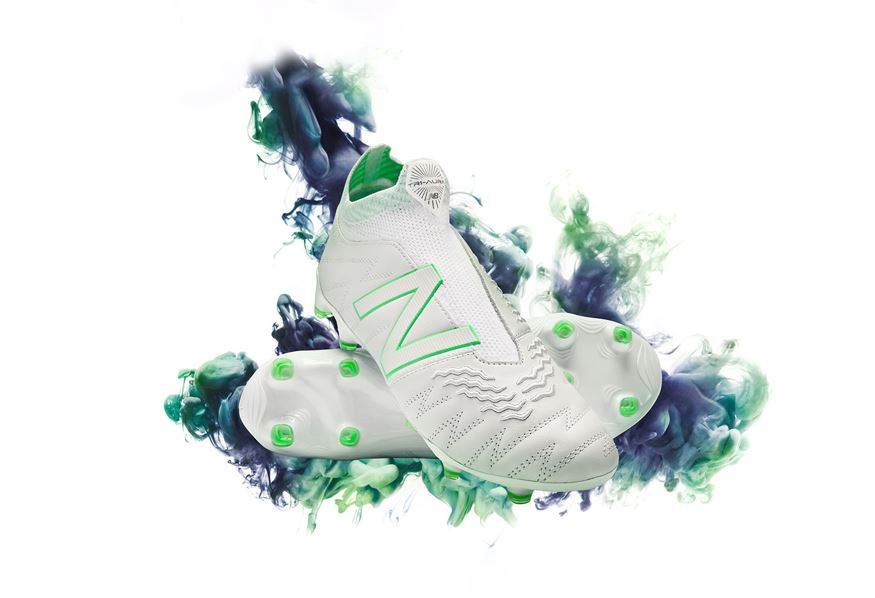New Balance embraces 'regenerative' leather scheme

US-based sportswear company New Balance has joined Land to Market, a sourcing solution for raw materials coming from verified regenerative land.
Regenerative agriculture is defined as a nature-based approach that goes beyond sustainability to continuously improve the ecosystem: soil, water, air and animals.
Land to Market works directly with farmers, ranchers and other raw material producers using Ecological Outcome Verification (EOV), which measures land health and verifies whether farmland is in a state of regeneration or degeneration. EOV was developed by non-profit Savory Institute, with Michigan State University, Texas A&M, The Nature Conservancy and others.
As a first step toward lowering its impact, New Balance’s goal is to source 50% recycled polyester and 100% "preferred" leather by 2025. Currently, it defines preferred leather as material that is chrome free or comes from gold Leather Working Group tanneries.
Cynthia Maletz, New Balance’s director of product creation platforms, said: “Our relationship with Land to Market will allow us to continually improve the sustainability credentials of our leather, a key priority material for New Balance.”
In 2023, New Balance will introduce a new product made with leather from verified regenerative ranches and is working to scale its sourcing further across the supply chain. Products with the Land to Market verification seal contain materials sourced from farms and ranches showing positive environmental outcomes through EOV.
Other brands that work with Land to Market include Timberland, Erem and Tapestry Group, the owner of Coach, Kate Spade and Stuart Weitzman.The
Image: New Balance leather-finish Tri Aura football boots








